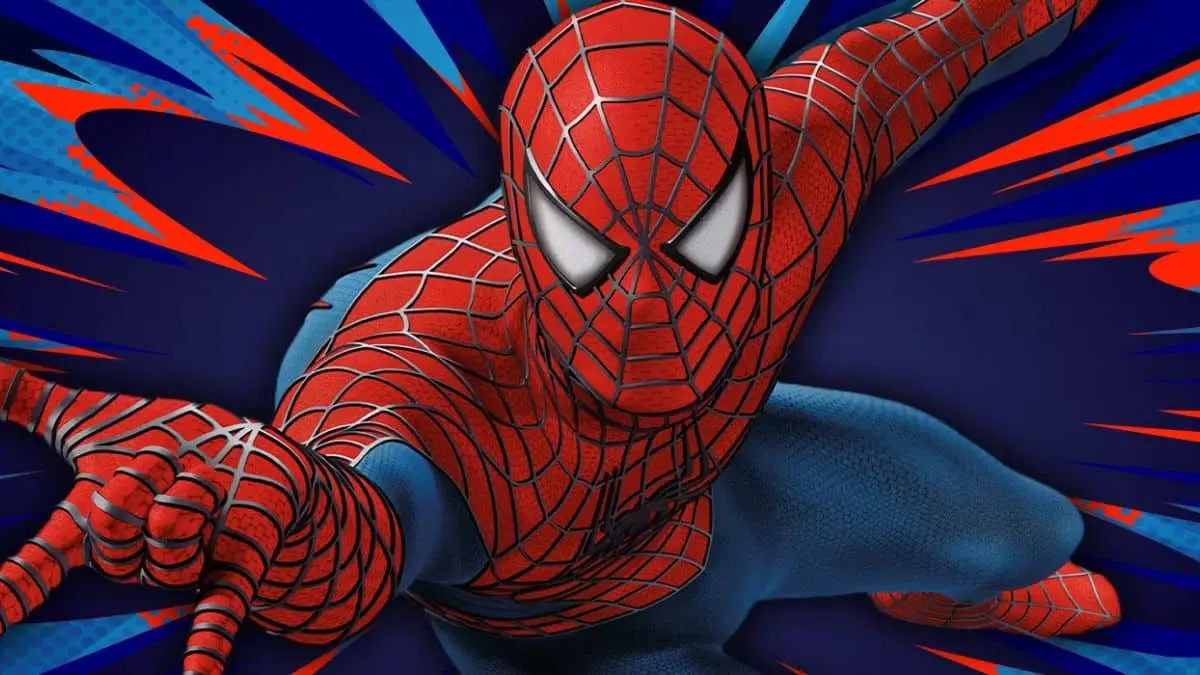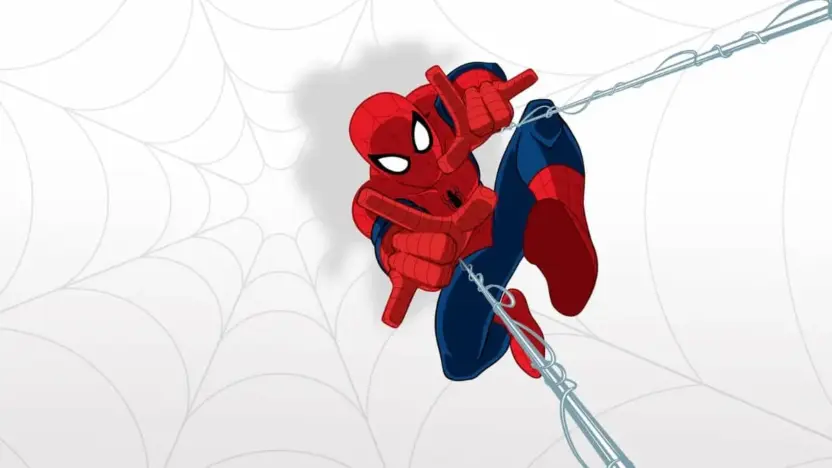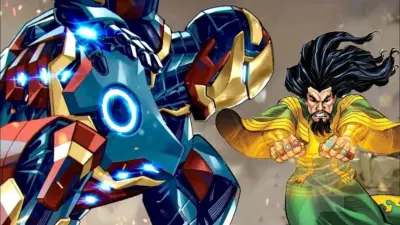The evolution of Spider-Man’s web, from organic secretion to mechanical web-shooters, has been a fascinating journey that reflects both character development and creative storytelling. Let’s explore how Spider-Man’s web evolved across different comic eras, films, and universes.
1. The Original Concept: Mechanical Web-Shooters
When Stan Lee and Steve Ditko introduced Spider-Man in 1962’s “Amazing Fantasy #15,” Peter Parker was portrayed as a brilliant high school student who gained superpowers after being bitten by a radioactive spider. However, his ability to swing across the city was not entirely organic. Unlike the spider that bit him, Peter didn’t gain the ability to spin webs naturally. Instead, he created mechanical web-shooters, a testament to his genius intellect.
These wrist-mounted devices allowed Peter to create synthetic web fluid that could be used for various purposes: swinging between buildings, ensnaring enemies, or creating protective shields. This concept added to Spider-Man’s relatability. Unlike other heroes who were blessed with all-encompassing superpowers, Peter had to rely on his ingenuity, making him a symbol of the “everyday” superhero.
Advantages of Mechanical Web-Shooters:
- They demonstrated Peter’s intellect, creativity, and resourcefulness.
- The web-shooters could run out of web fluid, adding tension to his battles.
- It provided a range of web variations, including web-balls, parachutes, and shields.

2. Organic Webs: A New Take in the Movies
With the launch of Sam Raimi’s “Spider-Man” film in 2002, the concept of web-slinging underwent a significant change. Tobey Maguire’s portrayal of Peter Parker gained the ability to produce webs organically, directly from his wrists. The filmmakers opted for this approach to simplify the narrative for a broader audience, emphasizing the natural spider-like abilities Peter gained from the bite.
This change was controversial among fans, but it brought certain benefits:
- It removed the need for Peter to invent web-shooters, highlighting the completeness of his transformation.
- The possibility of running out of web fluid was no longer a concern.
- It provided a more visceral and literal connection to the idea of Peter as a “human spider.”
Despite these advantages, some fans felt that this decision took away an essential aspect of Peter’s character—his genius and adaptability.
3. Returning to the Roots: Mechanical Web-Shooters in “The Amazing Spider-Man”
In Marc Webb’s “The Amazing Spider-Man” (2012), starring Andrew Garfield, the character’s mechanical web-shooters made a comeback. This decision was welcomed by many fans who appreciated the return to comic book accuracy. In this version, Peter used his intelligence to reverse-engineer a web formula and design sophisticated web-shooters that could emit the fluid in different patterns.
The return to mechanical web-shooters restored certain narrative elements:
- Peter was once again seen as a scientific prodigy, using his skills to innovate.
- The web-shooters could malfunction or run out, adding complexity to fight scenes.
- It allowed for new technological upgrades and improvements, such as electric-webs, rapid-firing, and adhesive variations.
4. The MCU Approach: Upgraded Web-Shooters by Tony Stark
When Spider-Man entered the Marvel Cinematic Universe (MCU), portrayed by Tom Holland, the web-shooters received a significant upgrade. First appearing in “Captain America: Civil War” (2016), these devices were enhanced by none other than Tony Stark (Iron Man). While Peter still designed his initial set of web-shooters, Stark’s intervention provided him with advanced models that had a range of features, including different web modes, taser web, and tracking devices.
The MCU’s Spider-Man made his web-shooters a blend of technology and resourcefulness:
- Peter’s intellect was respected, but Tony’s mentorship and resources allowed him to further advance his abilities.
- The new web-shooters were versatile, opening doors to various combat strategies.
- This version of Spider-Man could integrate his webs into Stark’s suit systems, adding new layers to his capabilities.

5. The Multiverse: Different Universes, Different Webs
One of the most interesting aspects of Spider-Man’s web evolution is how it varies across different universes and alternate realities. In “Spider-Man: Into the Spider-Verse” (2018), audiences were introduced to several different versions of Spider-People, each with unique takes on web usage.
For instance:
- Spider-Man Noir uses a more rudimentary version of web-slinging, reflecting his 1930s aesthetic.
- Spider-Gwen has a design closer to the modern, mechanical approach but adds her own flair.
- Peter Porker (Spider-Ham) humorously draws webs straight from the cartoon world.
Each version of Spider-Man across the multiverse reflects different interpretations of what it means to be a hero, and the web variations are a small but significant part of this.
Also Read: Who is The Most Powerful Enemy of Iron Man?



